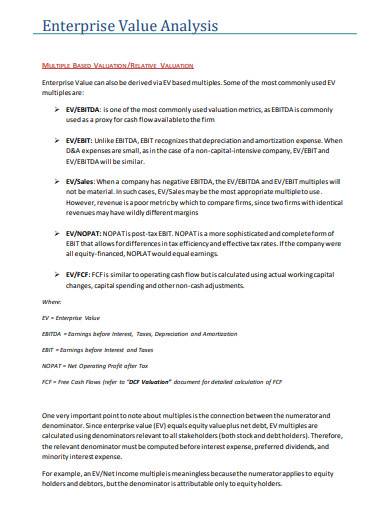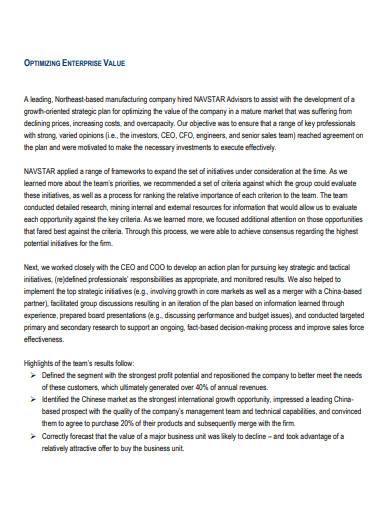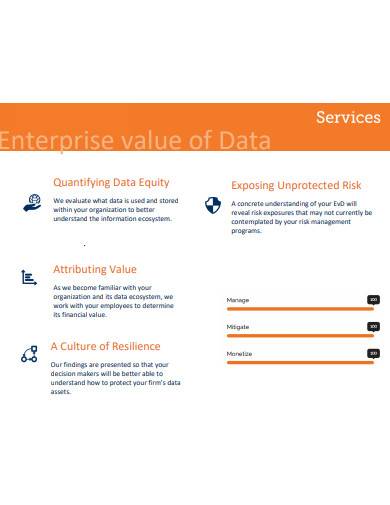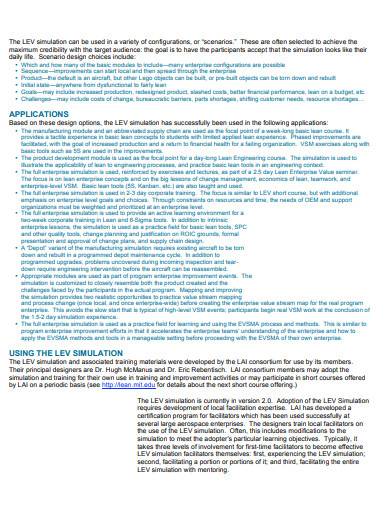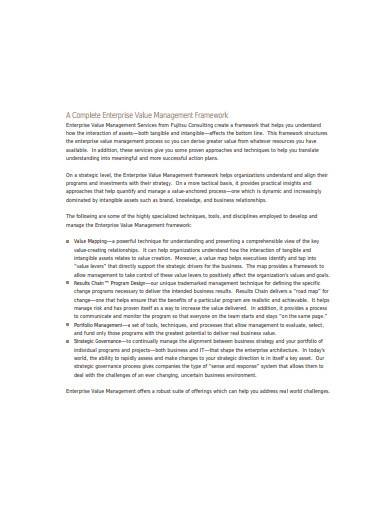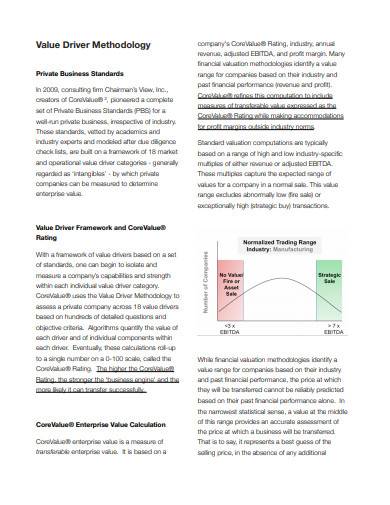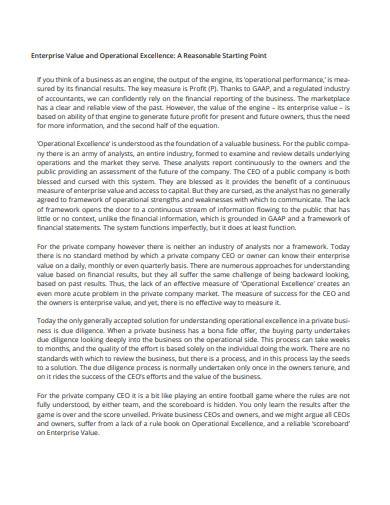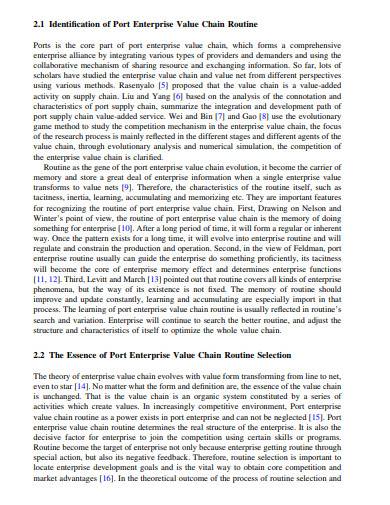The most common measurement for the worth of any item or purchase is its value. From price-earning ratios and audit reports to baby pictures and objects with sentimental value, the term itself is quite prone to having multiple interpretations. In the business world, however, there are a multitude of tools and methods to measure the worth of an enterprise and understanding this concept is vital to any successful venture.
What is Enterprise Value?
Let’s set the scene: you’re in a room filled with people of various beliefs and points of view. Then, you proceeded to say something like “business revolves around expansion.” Would anyone argue your point? Probably not. The primary objective of corporations is to be the main supplier of whatever goods and services they provide—and most of the paperwork they do revolves around this notion. Competitive analyses are often used to scout weaknesses and possible opportunities for improvement, financial reports keep company funds from becoming unexpectedly empty, and many more documents show the same pattern.
With that said, the world of marketing and business, competition is tough and only the strongest survive. Like predators on the prowl, these titans of entrepreneurship seek new methods of expansion—by taking over other businesses on the verge of failure. However, they don’t just randomly pick targets as this is detrimental to their plans for growth, but they inspect the enterprise’s value. As complicated as it sounds, enterprise value isn’t a hard concept to grasp; it’s merely an assessment of a target company’s financial status, how deep they are in debt, and if it’s worth taking over.
Entrepreneurial Predation
The natural order of living organisms is not for the faint of heart. From the blood-baked plains of Africa to the rivers of Alaska, predator and prey are in a constant struggle. However, not all predators are striped, grizzly, or have claws and fangs—a few of them even look good in suits and ties. Predatory behavior is not an exclusive trait to animals as businessmen are very much capable of strategically planning for the hunt. From selecting a corporation that is worth absorbing to boost their own revenue to setting the bait and executing their scheme tailor-made to their target, the raw action that happens within the corporate jungle is worthy of a frontpage in both “Entrepreneur” and “National Geographic.”
10+ Enterprise Value Samples
By definition, enterprise value is simply how much a company or business is worth based on data provided. Yet, it isn’t fair to assume that a simplistic meaning equates to a straightforward document. So, why don’t you take a look at the sample templates provided below as references you can work with.
1. Enterprise Value Sample
2. Enterprise Value Analysis Template
3. Enterprise Value of Firms in Insolvency Sample
4. Optimizing Enterprise Value Template
5. Enterprise Value of Data Template
6. Lean Enterprise Value Simulation Sample
7. Business Enterprise Value Template
8. Enterprise Value Management Framework Template
9. Enterprise Value in Small to Medium Size Template
10. Enterprise Value and Operational Excellence in PDF
11. Port Enterprise Value Chain Routine Sample
How to Identify Enterprise Value
When taking over or buying a business, multiple factors come to consideration such as reputation, existing cash flow, and established order within the working environment. All these things and much more can be a daunting task to tackle without the proper knowledge and equipment for it; as such, an enterprise value document is your best bet at prospect assessment. With that said, here are a few general reccomendations in analyzing your marketing strategy for expansion.
1. Select Your Target
Before you can measure an enterprise’s value, you first need a target to assess. When choosing a business you want to integrate into your own make sure it has some semblance of applicability to your current enterprise. Taking it over or buying a company that you can’t make good use of hinders your company in both short-term profit and long-term sustainability.
2. Do Your Research
When running a backround check on a corporation, the information that you should look for must be relevant or updated. Data such as reputation, current financial status, debts, bank records, and the like are all valuable. This is important as these factors help you assess an enterprise’s value through upfront costs and total expense evaluation.
3. Stay Practical
More established companies can assist smaller corporations through integrations and combined profit generation, but usually it’s best to think about your company above all else. Savvy business people understand that the good of their franchise is a difficult yet necessary priority. As such, measuring enterprise value should be kept at a practical and shrewd mindset.
4. Think Long Term
If you purchase a company simply because it’s the current trend with no consideration for long-term effects, then you’ve made a poor business decision. Even though upfront costs and the current state of the business is nothing to scoff at, but when you tunnel-vision onto nothing but the status quo, your industry won’t last long. A criterion on your enterprise evaluation should be the consequences that come with your choice.
Running a business is no easy feat, and making it grow is even more so. However, making a decision without adequate evaluation is the bane of successful entrepreneurship. So, when assessing an enterprise’s value it’s best to analyze every angle and ensure that it’s a profitable and practical venture for your company. After all, no business is risk-free, but you can minimize the probability of failure.
Related Posts
Weekly Schedule Samples & Templates
Contractual Agreement Samples & Templates
FREE 9+ Amazing Sample Church Bulletin Templates in PSD | PDF
Sample Business Card Templates
Sample Cashier Job Descriptions
Questionnaire Samples
FREE 10+ Sample HR Resource Templates in PDF
FREE 10+ HR Consulting Business Plan Samples in MS Word | Google Docs | Pages | PDF
FREE 49+ Sample Job Descriptions in PDF | MS Word
FREE 16+ Nonprofit Budget Samples in PDF | MS Word | Excel | Google Docs | Google Sheets | Numbers | Pages
FREE 13+ Academic Calendar Templates in Google Docs | MS Word | Pages | PDF
FREE 10+ How to Create an Executive Summary Samples in Google Docs | MS Word | Pages | PDF
FREE 23+ Sample Event Calendar Templates in PDF | MS Word | Google Docs | Apple Pages
Company Profile Samples
FREE 10+ Leadership Report Samples [ Development, Training, Camp ]


